Can I give my Baby Pumpkin? This Thanksgiving vegetable is loaded with health benefits, but can babies eat pumpkin? Let’s find out!
When we talk about pumpkins the first image that comes to many of our minds is the one featuring carved pumpkins on Halloween! Seeing those beautifully carved pieces makes me wonder – what do they do with all the pumpkin flesh? It’s not something that can be thrown away – it’s way too valuable!
Pumpkins are believed to have originated in the northeastern part of Mexico, as early as 7,500 to 5,000 BC. Today, it is farmed in many countries across the world, with India and China contributing to 50% of total global pumpkin production.
Although we refer to pumpkin as a vegetable, botanists consider it a fruit, as pumpkins appear from the flowers of the plant. Pumpkins grow in different sizes, colors and shapes. There are roughly 45 varieties of pumpkin across the world, with the green and yellow pumpkins being the most popular in India.
Pumpkins are a well known immunity boosting food and is also great for weight watchers since 90% of it is water. They are rich in beta-carotene, Vitamins C and E, fiber and anti-oxidants. Pumpkin seeds are also a very good source of nutrients and anti-oxidants.
Health Benefits of Pumpkin
- Builds immunity
- Protects cells and reduces cancer risk
- Maintains eye health
- Maintains gut health
- Relieves constipation
- Provides energy and increases satiety
- Improves heart health
- Maintains skin health
Yes, Pumpkin puree is the one of the best first foods for babies, since it contains many vital nutrients for growing babies, like zinc, vitamins, potassium, magnesium and fiber. It can be introduced after 6 months of age, since WHO recommends exclusive breastfeeding for the first 6 months.
The best way to introduce pumpkin in baby’s diet is in puree form and after 8 months, soft boiled pumpkin sticks can be given as finger foods. Pumpkin seeds are nutrient rich and can be introduced after 6 months in powdered form. Add a teaspoon of it in porridge recipes to make the dish healthier.
While introducing any new food, offer it only in the first half of the day. Once baby has become familiar with the food, you can give it any time of the day. Even though the 3 day rule is obsolete now, it’s better to be followed if there is a history of allergies in the family.
Pumpkin allergy is rare but possible. If the child displays symptoms like hives, swollen tongue and face, sneezing, rashes, light headedness, runny nose, itchy eyes, flush, breathing difficulty, nausea or vomiting, he needs to be rushed to the doctor right away.
Tips to buy and store Pumpkins
When buying pumpkins, choose deep orange colored pumpkins which sound hollow. Go for ones with a firm stem and no soft spots. Avoid any which are bruised, appear soft or are mashed at the bottom.
Pumpkins can be cut and stored in the refrigerator for 3-5 days. Wrap the cut piece with cling film, leaving the seeds intact.
Healthy Pumpkin Recipes for Babies and Kids
You can find a full collection of healthy pumpkin recipes for babies and kids here.
Source: https://www.mylittlemoppet.com/can-i-give-my-baby-pumpkin/
The content is owned by Fabida Abdulla. Visit site here for other valuable articles.

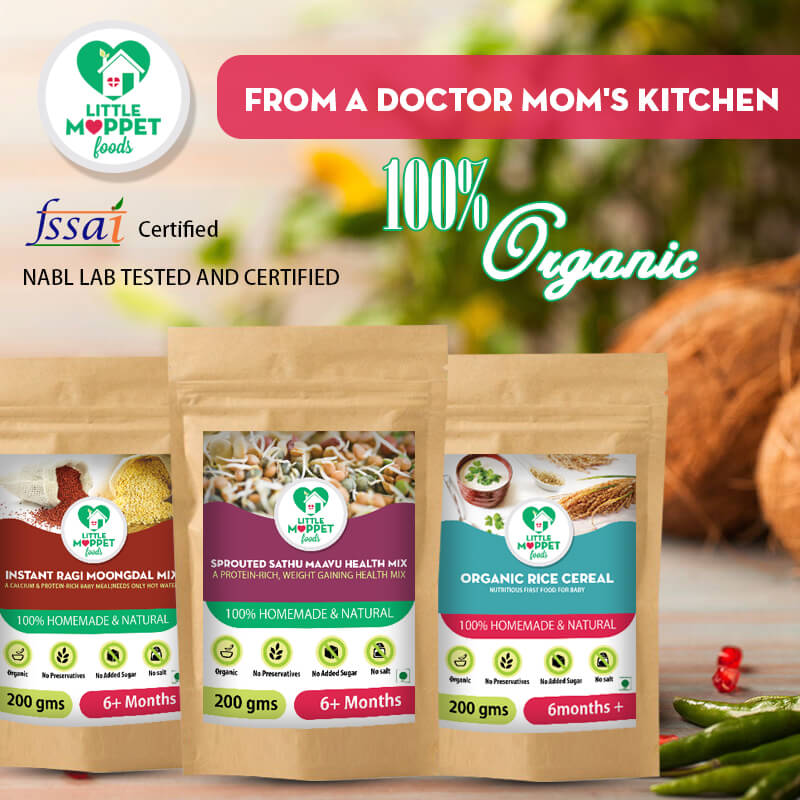
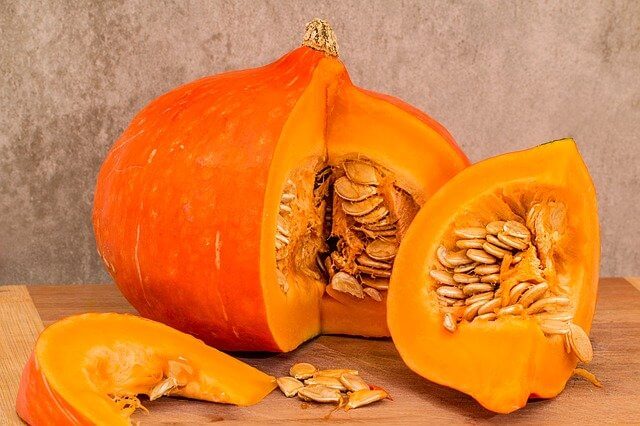
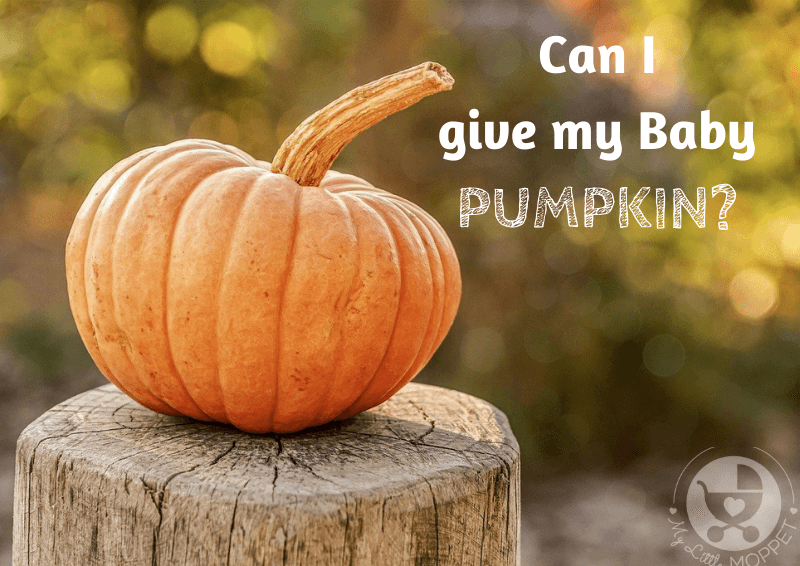
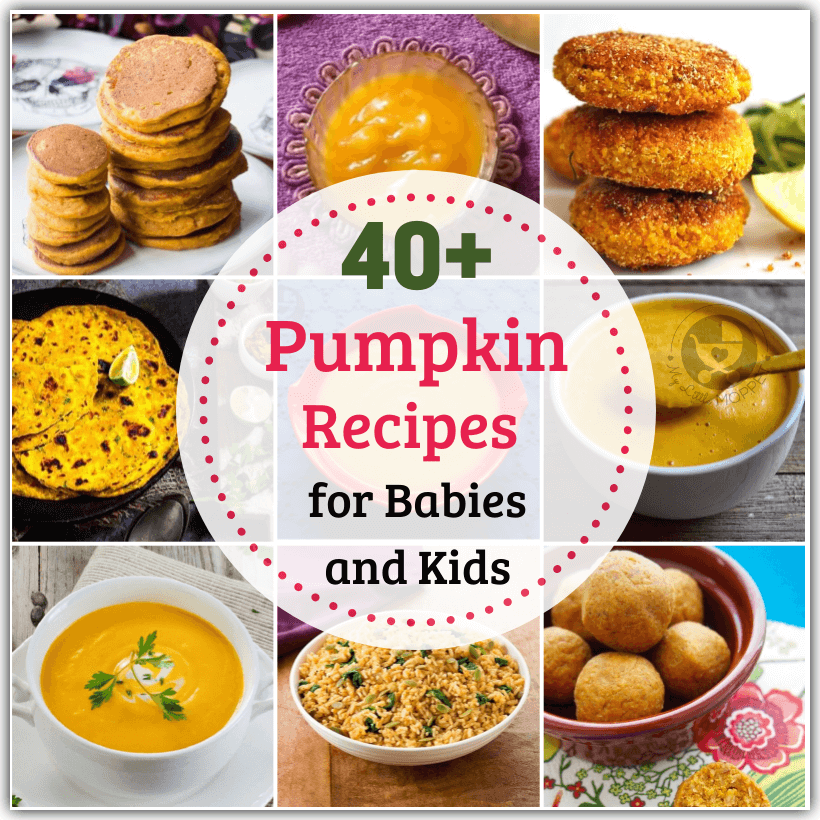
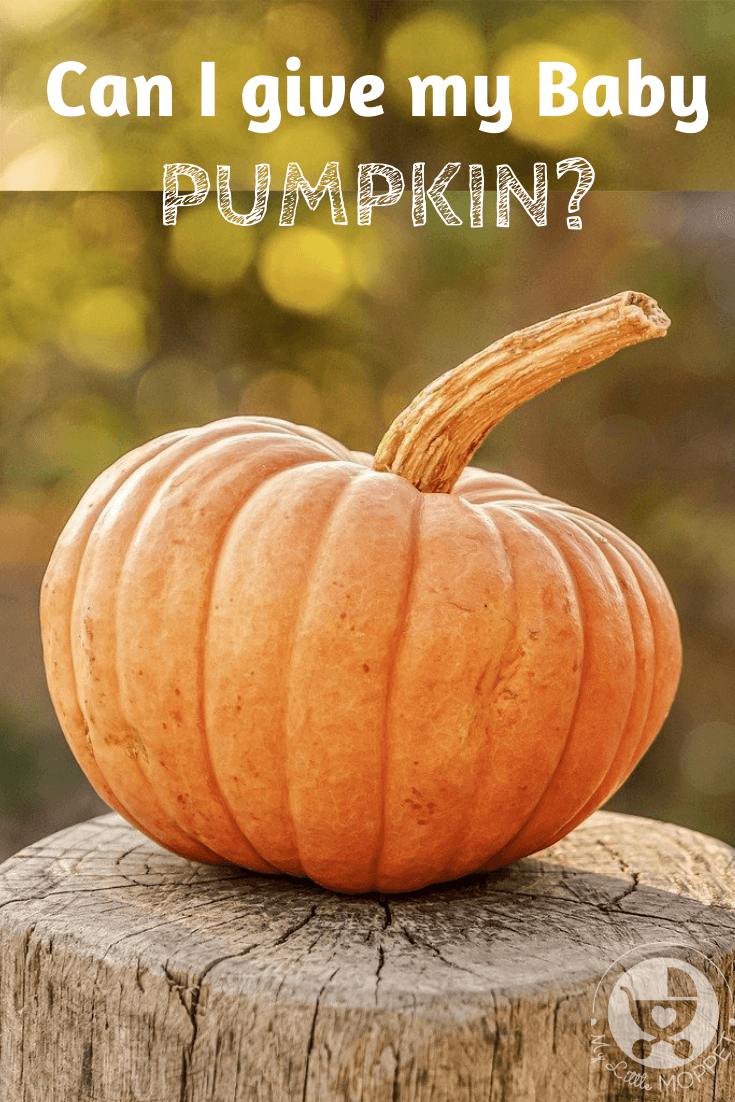

No comments:
Post a Comment